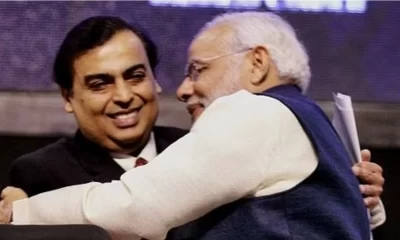Economy news
Amid demonetisation gloom Ambani, Damani and Balkrishna register massive wealth gain

Hurun India Rich list 2017 sees 278 new Indians join elite club of billionaires with wealth of Rs 1000 crore or more
Demonetisation and the Centre’s hasty implementation of the Goods and Services Tax (GST) regime may have broken the back of India’s biggest job creator – the massive informal sector – but seems to have had little effect on the country’s biggest corporate houses.
The ‘India Rich List 2017’ compiled by China-based Hurun Report, has listed 617 Indians with wealth of Rs 1,000 crore or more, up 278 from the previous year.
While Reliance Industries top honcho Mukesh Ambani has predictably preserved his top slot on the list for a sixth consecutive year, albeit with a 50 per cent rise in his wealth, the real surprise has been the incremental gains made by Acharya Balkrishna – the corporate face of Baba Ramdev’s Patanjali Ayurved and controversial businessman Radhakishan Damani, founder of the D-Mart chain of multi-brand retail stores.
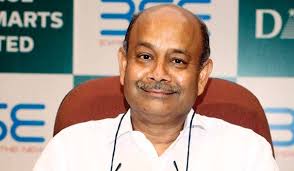 What is interesting about this year’s India Rich List is that though by virtue of the sheer enormity of his wealth, Ambani’s ‘moderate’ 58 per cent fiscal gain has translated into his actual wealth being estimated at a staggering Rs 2,57,900 crore but Balkrishna, Damani and the lesser known Endurance Technologies managing director Anurang Jain have all registered triple-digit gains.
What is interesting about this year’s India Rich List is that though by virtue of the sheer enormity of his wealth, Ambani’s ‘moderate’ 58 per cent fiscal gain has translated into his actual wealth being estimated at a staggering Rs 2,57,900 crore but Balkrishna, Damani and the lesser known Endurance Technologies managing director Anurang Jain have all registered triple-digit gains.
Damani is clearly the biggest individual gainer on the list, notching up a mammoth 321 per cent increase in his wealth riding on the success of the IPO launch of his flagship company – Avenue Supermarkets. The D-Mart founder’s personal wealth has been pegged at Rs 29.700 crore by Hurun Report while his family’s wealth has been estimated at Rs 51,779 crore.
Balkrishna, who the report calls the ‘FMCG Super Yogi’, has stormed into the top 10 richest Indians slot after being ranked 25th in last year’s list. Ranked 8th on the list now, Balkrishna his wealth grow 173 per cent in the past year to an estimated Rs 70000 crore. “The company (Patanjali Ayurved), with a turnover of INR 10,561 crore in 2016-2017 has been a close competition to major international brands. He (Balkrishna) owns close to 94 % of Patanjali Ayurved and is the brain behind the admirable growth of Patanjali as a consumer brand,” the Hurun Report states. 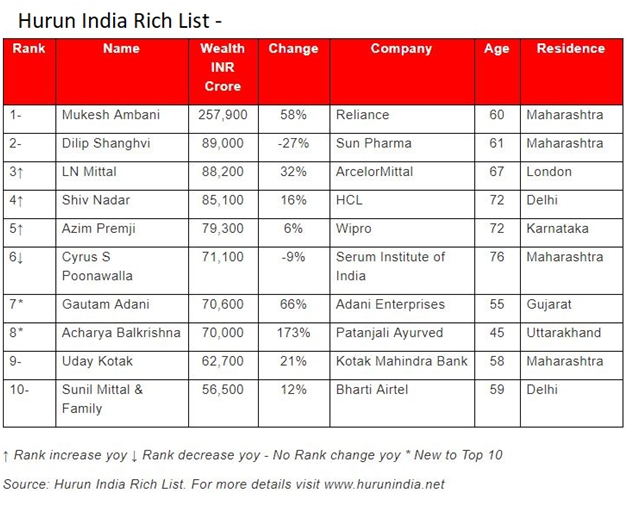
On an average, the report said, that wealth of those Indians who have made it to the list has risen by 11 per cent (4 per cent higher than India’s GDP growth rate). Furthermore, at least 16 billionaires on this list witnessed their wealth double during the last year.
Another notable performer was Kishore Biyani of Future Retail who registered a 259 per cent wealth increase. “Merger of Future Retail and Bharti Retail created the biggest supermarket chain with a turnover of INR 15,000 crore and its subsequent relisting resulted in significant wealth creation for Biyani,” the Hurun Report said.
Interestingly the list, usually seen as a men’s only domain considering that most big corporates – usually run by families – in India are represented by male members, has also seen a 300 per cent increase in the representation of women.
Women comprise around 8.6 per cent of the total list of the dollar billionaires identified by Hurun. “The richest women are Savitri Jindal of OP Jindal Group with INR 46,500 crore, followed by Smitha V Crishna of Godrej, Indu Jain chairperson of Time Group. The richest self-made woman in India is biotechnology queen Kiran Mazumdar-Shaw of Biocon with INR 15,400 crore. Average age of women in the list is 56,” the Hurun report says.
“Demonetization, GST implementation and so on, have not impacted wealth creation in organized sector; in fact, going by the trend in the list, the aforementioned factors seem to have positively impacted the mega rich and their companies. Despite a solid performance of the corporates, a declining trend in national GDP growth points to impact of such schemes on the unorganized sectors”, said Anas Rahman Junaid, MD and Chief Researcher, Hurun Report India.
Beating the perception that demonetisation had severely hit India’s real estate sector – given the notion that a large number of land deals are executed in the shadow economy and the fact that developers have been reneging on promises of handing over possession of flats to homebuyers citing a funds crunch – the report says this sector registered the maximum gain in the last fiscal.
“At a sectorial level, Pharmaceutical / Healthcare (-12.8%) and IT (-5.1%) underperformed among the sectorial indices. All the others performed with at least 15% return – the biggest gainer was realty with a 36.3% return year to date. Indian drug makers are facing pricing pressures and greater regulatory scrutiny in their largest market, the US,” the report says.
Economy news
Financial changes effective from September, Aadhaar update, nomination deadline for demat account
Some changes will take effect on the first day, while others will be implemented later in the month. This list will affect people’s finances.

In the month of September, there are many changes occurring, particularly in the financial sector. Some changes will take effect on the first day, while others will be implemented later in the month. This list will affect people’s finances.
The deadline to update an individual’s Aadhaar card details for free is quickly approaching. The Unique Identification Authority of India (UIDAI) extended the deadline from June 14 to September 14, 2023. This scheme is specifically for citizens who obtained their Aadhaar card 10 years ago and have yet to update their information. People can take this opportunity to update their details before it’s too late.
The nomination process for trading and demat accounts is mandatory for holders and the deadline for this has been extended by the Security and Exchange Board of India (SEBI). The account holders have to make nominations or opt out of it before September 30.
People will need to update and link of Aadhaar identity documents with PAN cards. Those who have credit cards from Axis Bank will also experience the effects of these changes starting this month.
As per the updated terms and conditions, Axis Bank’s Magnus credit card users need to pay higher fees. The annual fee has been increased to Rs 12,500. Also, the benefits associated with the card will be updated.
This month marks the final opportunity for individuals to exchange Rs 2,000 notes. As stated by the Reserve Bank of India (RBI) in May, individuals may exchange or deposit these notes into their bank accounts before the specified deadline.
The central bank has specified that individuals may exchange or deposit for lower denomination notes, up to Rs 20,000 at a time, until September 30th. Interestingly, even after the deadline, Rs 2,000 notes will still be considered valid tender.
Starting from the current financial year, the Ministry of Finance has made it mandatory to provide both Permanent Account Number (PAN) and Aadhaar card information when making investments in small saving schemes such as the Public Provident Fund (PPF), Post Office Saving Scheme, and Senior Citizens Saving Scheme (SCSS). Existing subscribers must submit their Aadhaar number before September 30th, or their accounts will be frozen.
Economy news
India will remain on similar growth curve till 2030, expect well behaved inflation this fiscal: CEA
Chief Economic Adviser (CEA) V Anantha Nageswaran on Tuesday projected that India’s economy was poised to do better and expected to grow at 6.5-7 percent till the end of the decade.
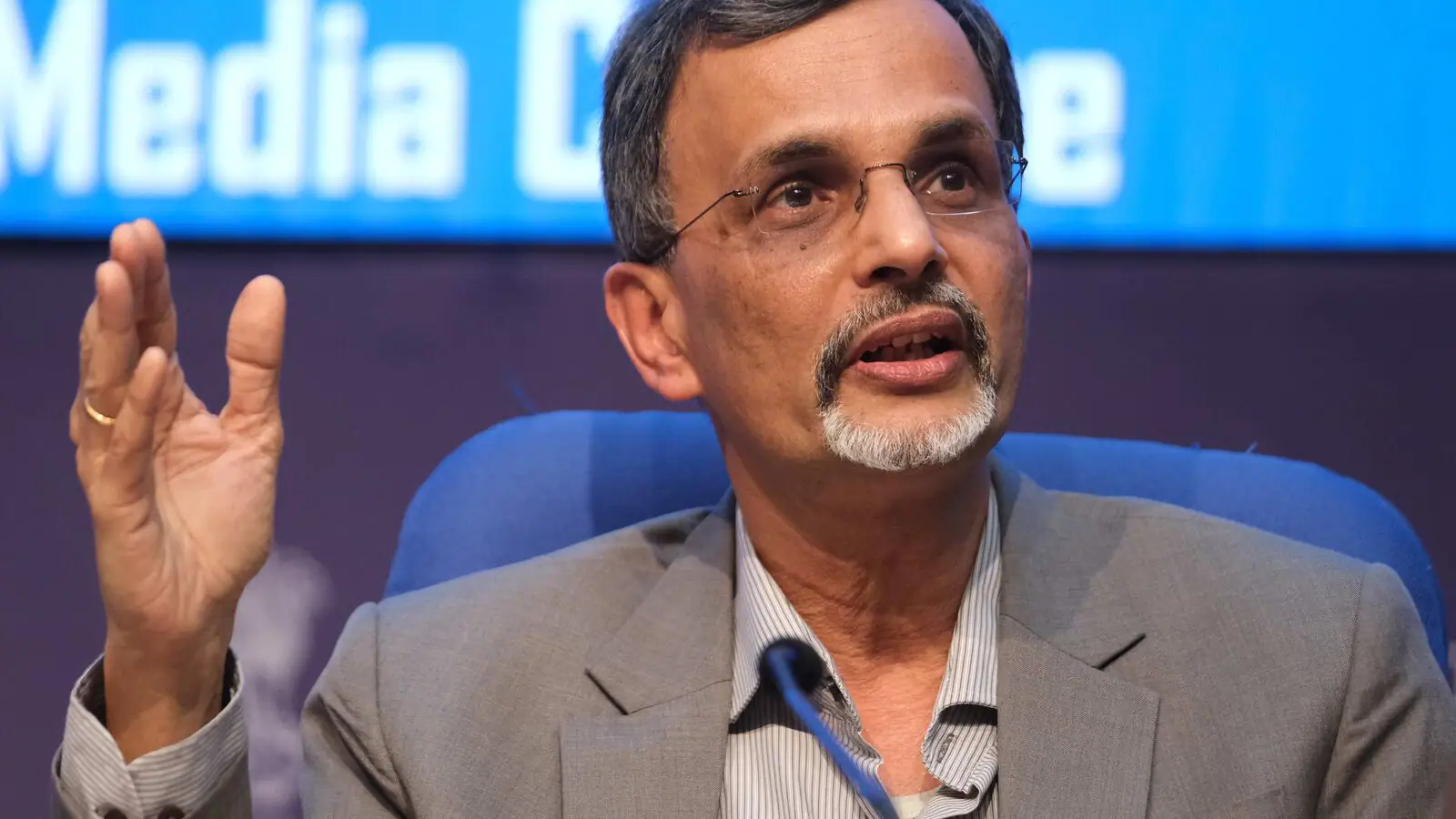
Chief Economic Adviser (CEA) V Anantha Nageswaran on Tuesday projected that India’s economy was poised to do better and expected to grow at 6.5-7 percent till the end of the decade.
Nageswaran, while talking to the media after tabling of the Economic Survey in Parliament by Finance Minister Nirmala Sitharaman, said that the inflation is likely to be “well behaved” in the coming fiscal year barring any unforeseen factors.
According to the Economic Survey prepared by the CEA, RBI projection of retail inflation at 6.8 per cent in the current fiscal is neither too high to deter private consumption, nor too low as to weaken inducement to invest.
The Economic Survey for the current fiscal also state that the Indian economy is expected to hit a minor slow down to 6.5 percent in April 2023 but will continue to remain the fastest-growing major economy in the world owing to its ability to better deal with challenges faced by the global economy.
The CEA maintained that the projected growth rate would remain stable as long as oil prices stayed below 100 dollars per barrel. He also pointed out that the quality of public expenditure has gone up and the government has become more transparent with budget deficit numbers, adding that an increased transparency is being witnessed in public procurement.
Read Also: Finance Minister Nirmala Sitharaman tables Economic Survey 2023, check highlights here
Nageswaran stressed that credit growth is picking up across sectors, and credit to MSMEs has grown at 30 per cent since January 2022, while NPAs in NBFCs is lower than what it was 15 months ago.
The CEA revealed that India is well ahead of its targets for renewable energy mix.
Earlier on Tuesday, the International Monetary Fund in its January update of the World Economic Outlook called India as a bright spot in an otherwise gloomy world economy which, together with China, will account for half of the global growth in 2023, compared to the US and Euro area, who account for just a 10th of the world’s growth.
The IMF report had made almost similar projections to the Economic Survey tabled by the government. It has projected India’s growth to dip slightly from 6.1 percent to 6.8 percent during the current fiscal year ending on March 31. IMF also expects some minor slowdown in the Indian economy in the next fiscal year.
Air India Pee Gate: Delhi court grants bail to accused Shankar Mishra
Visakhapatnam to be the new capital of Andhra Pradesh, says CM Y S Jagan Mohan Reddy
Economy news
India a bright spot amid projected decline in global growth: IMF
The International Monetary Fund (IMF) has projected India’s growth to dip slightly from 6.1 percent to 6.8 percent during the current fiscal year ending on March 31. IMF also expects some minor slowdown in the Indian economy in the next fiscal year.
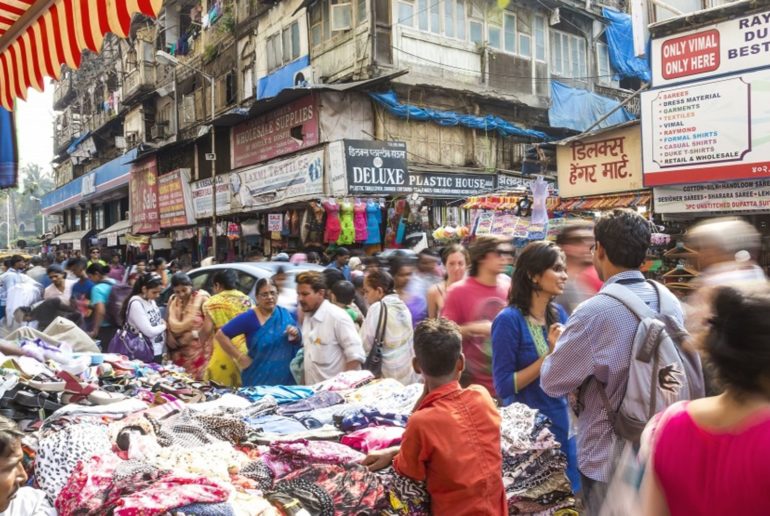
The International Monetary Fund (IMF) has projected India’s growth to dip slightly from 6.1 percent to 6.8 percent during the current fiscal year ending on March 31. IMF also expects some minor slowdown in the Indian economy in the next fiscal year.
According to the January update of the World Economic Outlook released by global fiscal body on Tuesday, global growth is projected to fall from a projected 3.4 percent in 2022 to 2.9 percent in 2023, then rise to 3.1 percent in 2024.
Pierre-Olivier Gourinchas, Chief Economist and Director, Research Department of the IMF said in a statement that the IMF’s projections for India remain unchanged from its October update as they predict a 6.8 percent growth curve for the Indian economy for the current fiscal and an expected minor dip to 6.1 percent in the next fiscal.
According to the IMF World Economic Outlook, the slowdown is largely driven by external factors, adding that the India’s growth will once again see an upward curve and go up to 6.8 percent in 2024 due to resilient domestic demand despite external factors.
The report expects a rise in growth in developing Asian nations in 2023 and 2024 to 5.3 percent and 5.2 percent, respectively, after the slowdown in 2022 to 4.3 percent.
For the first time in the last four decades, China’s growth fell below the global average in the fourth quarter of 2022 which saw a 0.2 percentage point downgrade, settling at 3.0 percent. However, China’s growth is expected to rise to 5.2 percent in 2023 and fall to 4.5 percent in 2024 before settling at below 4 percent over the medium term amid declining business dynamism and slow progress on structural reforms.
Read Also: Railways cancel over 350 trains, divert route of 16 trains, check full list here
Gourinchas pointed out that emerging market economies and developing economies are already on the way up and have seen a slight rise in growth for the region from 3.9 percent in 2022 to 4 percent in 2023.
He stressed that India and China combined account for almost 50 percent of world growth in 2023, adding that IMF’s positive view on India’s growth curve remains unchanged.
Gourinchas in a blog post termed India as a bright spot which, together with China, will account for half of the global growth in 2023, compared to the US and Euro area, who account for just a 10th of the world’s growth.
Gourinchas also forecasted a much more pronounced slowdown for advanced economies with a decline from 2.7 percent last year to 1.2 percent and 1.4 percent this year and next.
Nine out of 10 advanced economies will likely decelerate, he added.
He predicted that the US’ growth will slow to 1.4 percent in 2023 as Federal Reserve interest-rate hikes work their way through the economy. Euro area conditions are more challenging despite signs of resilience to the energy crisis, a mild winter, and generous fiscal support, he said.
Haryana man killed in road mishap, police say; family claims beaten to death by cow vigilantes
Peshawar suicide bombing: Death toll rises to 83, over 150 wounded
-

 LATEST SPORTS NEWS15 hours ago
LATEST SPORTS NEWS15 hours agoIPL 2024: Delhi Capitals thrash Gujarat Titans by 6 wickets
-

 Entertainment11 hours ago
Entertainment11 hours agoBollywood stars Vidya Balan, Kartik Aaryan, Pratik Gandhi, Ileana D’Cruz, Mouni Roy, Radhika Madan, Mrunal Thakur attend Do Aur Do Pyaar premiere
-

 India News12 hours ago
India News12 hours agoReligious outfit vandalises The Blessed Mother Teresa High School in Telangana after teachers object to students wearing Hanuman Deeksha dress
-

 Cricket news9 hours ago
Cricket news9 hours agoHappy Birthday KL Rahul: Suniel Shetty wishes son-in-law KL Rahul on his 32nd birthday
-

 India News14 hours ago
India News14 hours agoClashes erupt during Ram Navami procession in West Bengal’s Murshidabad district
-

 India News8 hours ago
India News8 hours agoEnforcement Directorate seizes Shilpa Shetty’s husband Raj Kundra’s properties worth Rs 97 crore
-
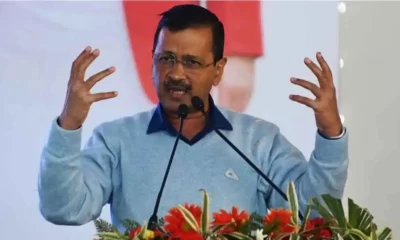
 India News7 hours ago
India News7 hours agoEnforcement Directorate says Arvind Kejriwal is deliberately eating mangoes, sweets, taking sugar with tea to increase his blood sugar level and create ground for bail











